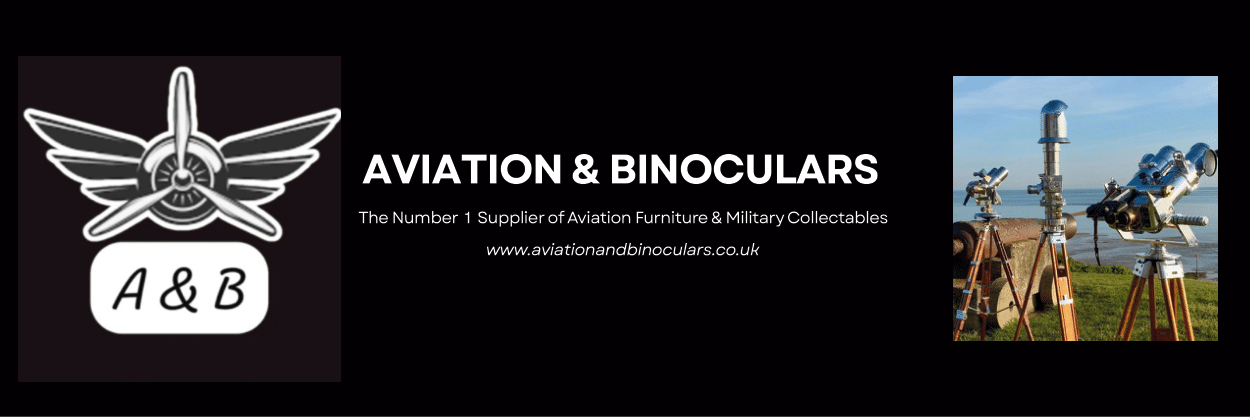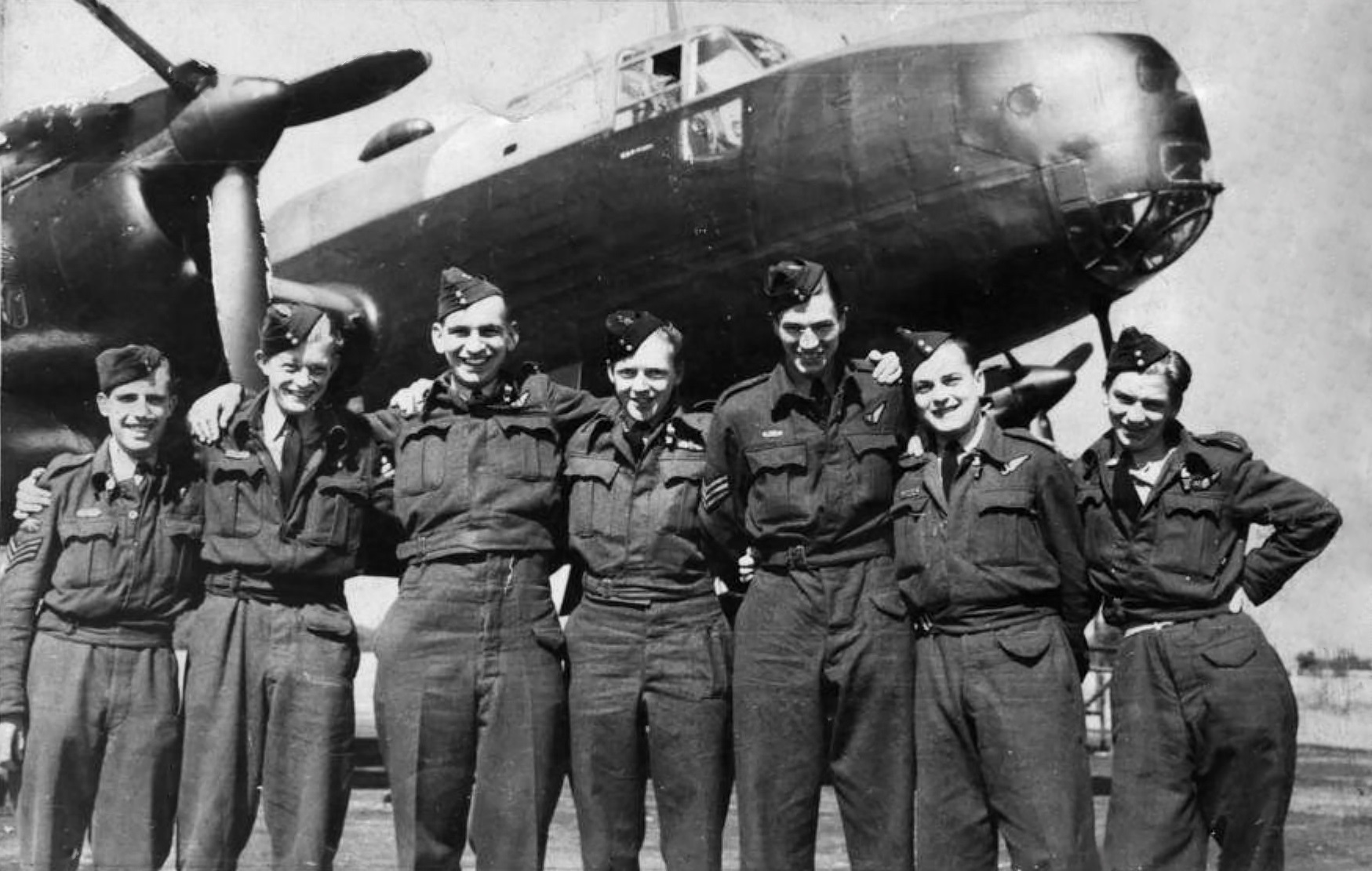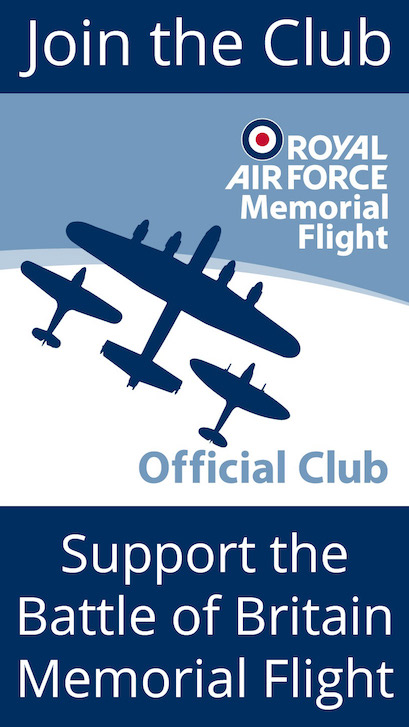RAF Bomber Command heroism – 22nd June 1943
Header Image: Flt Sgt Frank Mathers RAAF (fourth from left) and his crew, with a 77 Sqn Handley Page Halifax B.II at Elvington in 1943. Rear gunner, Sergeant Bill Speedie, is on the right.
Eighty years ago this month, on the night of 22nd-23rd June 1943, 21-year-old Australian pilot Flight Sergeant Frank Mathers and his British crew were on their ninth operation from their base at Elvington in Yorkshire, in a 77 Squadron Handley Page Halifax. One of 557 RAF bombers (155 of them Halifaxes), they were tasked with bombing Mulheim, an industrial centre in the Ruhr Valley, Germany.
They reached the target just before 2am and released their bombs from 17,500 feet. At the end of the bombing run their Halifax was hit by ‘flak’ and the starboard outer engine burst into flames. A few moments later the bomber was hit again and the port inner engine caught fire. Mathers and his flight engineer, Sergeant Roy Gough, shut down the engines, extinguished the fires and feathered the propellers. However, it soon became apparent that the bomber was badly damaged and three petrol tanks had been punctured. Two tanks emptied immediately and the third was leaking fuel over the wing. In addition, the starboard aileron was useless and the fuselage was peppered and torn by shrapnel. As they turned for home, leaving the ‘flak’ and searchlights behind, Mathers ordered the crew to jettison everything possible to save weight as the aircraft was losing height. All moveable equipment, including the guns of the mid-upper turret and some ammunition were jettisoned.
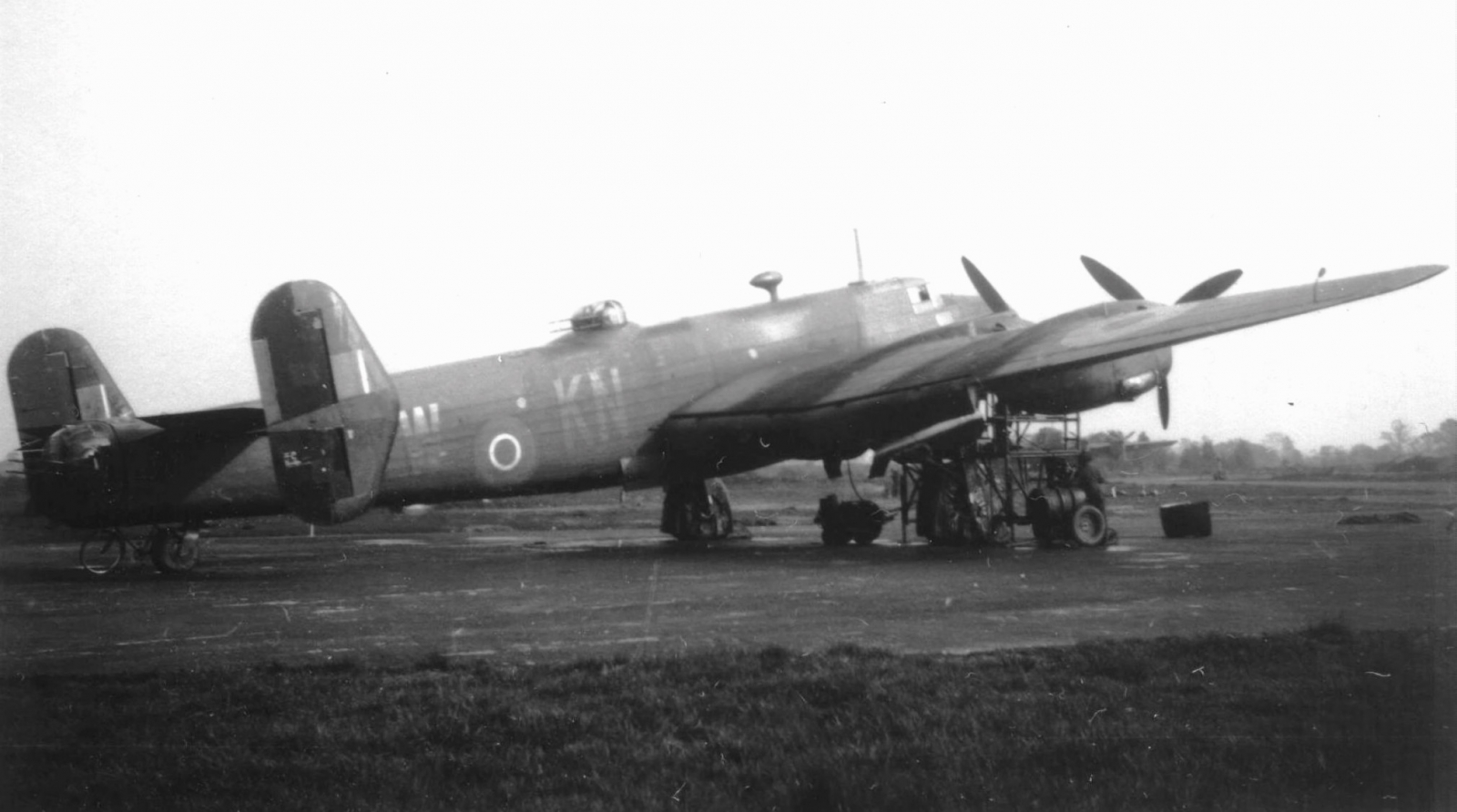
By the time they reached the Channel coast the Halifax had dropped to 3,000 feet. Over the sea at 2,000 feet the disabled Halifax was attacked by a German Bf 110 night-fighter. Cannon shells tore through the fuselage miraculously missing all of the crew. Flying on only two engines and with damaged controls, the Halifax lost more height whilst Mathers attempted to evade the night-fighter. As the Bf 110 moved in for another attack, the rear gunner, Sergeant Bill Speedie, took careful aim and fired a devastating burst from his four Browning 0.303-inch machine guns at close range, hitting the cockpit and fuselage of the enemy aircraft, which crashed into the sea.
With dawn lightening the sky in the east, Mathers nursed the crippled bomber across the English coast at barely 400 feet, now too low for anyone to bail out and critically short of fuel. With the help of the wireless operator, who had remained at his post throughout, Mathers located the fighter aerodrome at Martlesham Heath, near Ipswich. Then he discovered that the undercarriage could not be lowered due to battle damage and so, with the rest of his crew at their crash positions, he executed a successful wheels-up crash landing on the airfield without injury to any of his crew. The pilot’s actions were later described by the squadron commander in his report as “a truly magnificent feat of airmanship.”
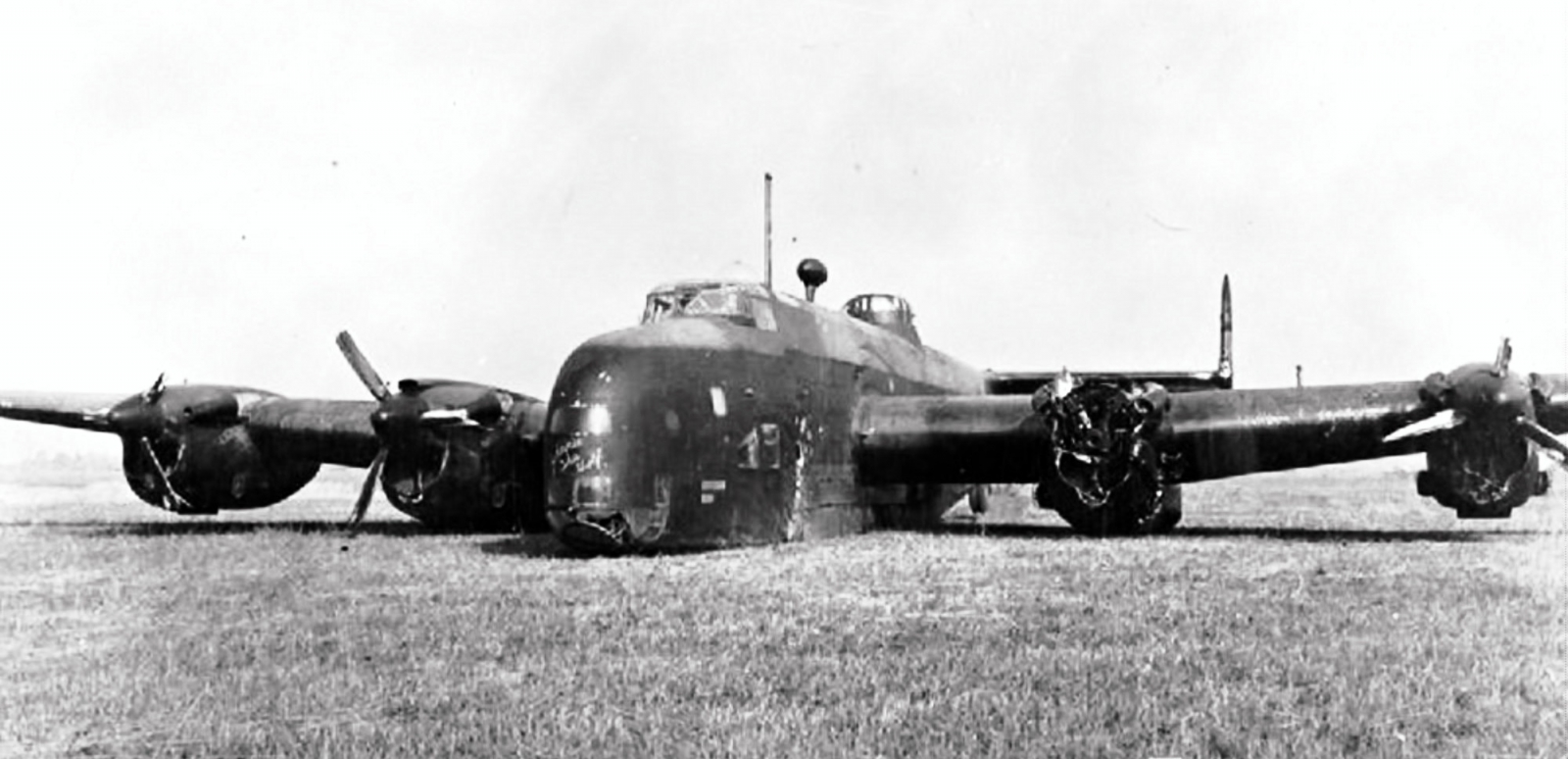
Mathers was subsequently awarded an ‘immediate’ Conspicuous Gallantry Medal (CGM), of which only just over 100 were awarded to airmen, and soon afterwards he was commissioned as a Pilot Officer. Meanwhile, Sergeants Bill Speedie, the rear gunner, and Ted French, the wireless operator, were each awarded the Distinguished Flying Medal (DFM). The joint citation included the statement: “In the most harassing circumstances Flight Sergeant Mathers displayed exceptional skill, courage and fortitude, while Sergeants French and Speedie displayed conduct worthy of the highest praise.” The extraordinary feat of teamwork, courage and determination and the resultant survival of Mathers and his crew were an inspiration to a blacked-out and ration-starved Britain, capturing the public imagination. Frank Mathers and Bill Speedie were subsequently interviewed about their epic flight on BBC radio and for printed media.
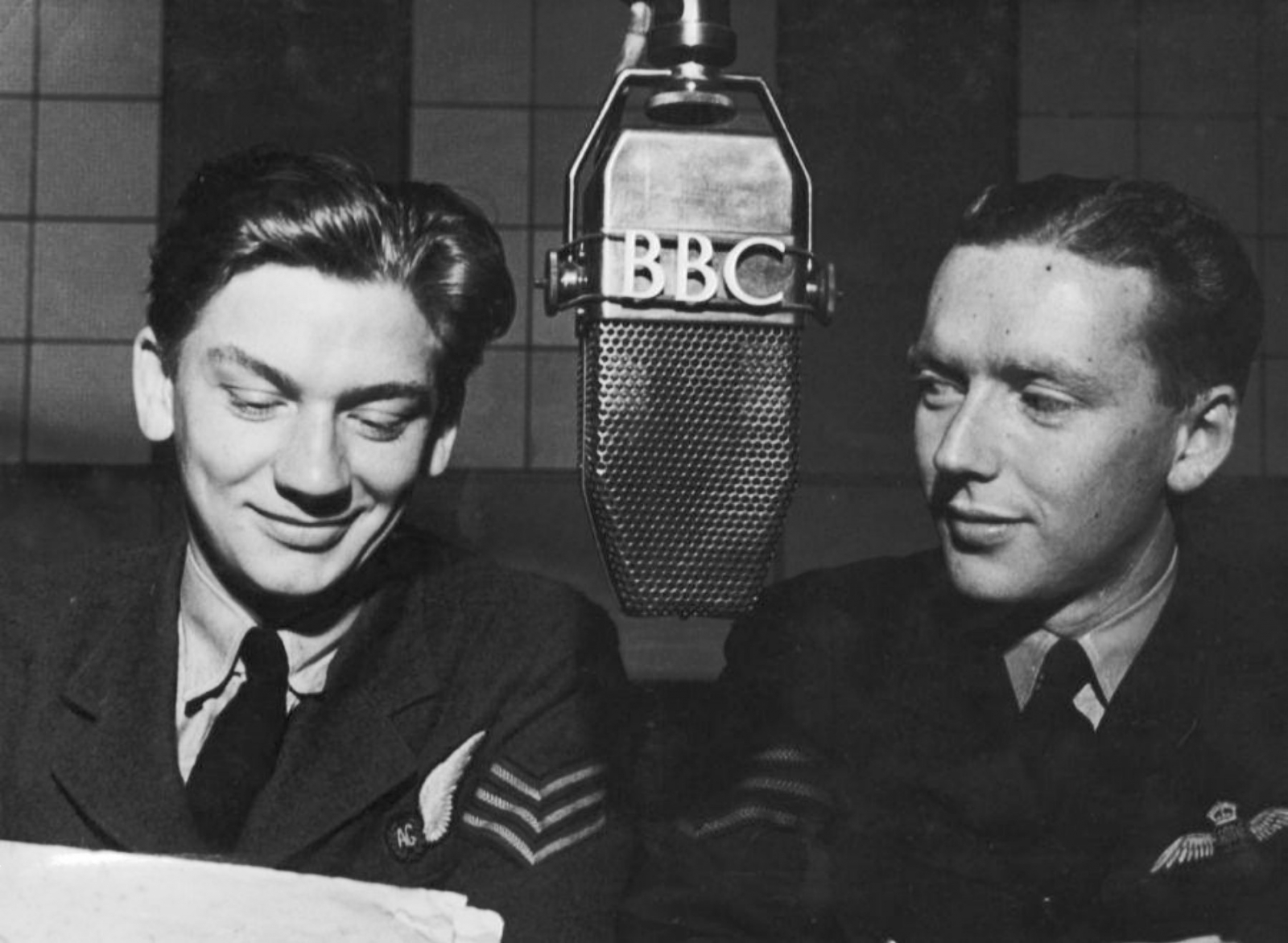
Sadly, their miraculous safe return on 23rd June and their subsequent brief fame conferred no invincibility on Mathers and his crew. On the night of 5-6th September 1943, having returned to operations and before Mathers had been invested with his CGM, he and his crew were sent on a raid to Mannheim, flying 77 Squadron Halifax B.II JB839 ‘KN-K’. They had an additional crewmember in their aircraft that night, Sergeant Pilot Ken Andrews, who was on his ‘second dickey’ trip before taking his own crew on ‘ops’. After taking off from Elsham Wolds at 19:32 hours nothing more was heard from them; JB839 failed to return and the crew was posted missing the following morning. It transpired that the Halifax had been shot down by a Bf 110 flown by Luftwaffe night-fighter ‘ace’ Hauptmann August Geiger of 7./NJG 1. The Halifax crashed near Oberhausen-Rheinhausen, some 12 miles south of the target, and all eight men on board were killed. It was just one of 34 Bomber Command aircraft lost that night. Today, Frank Mathers and his crew lie in the Commonwealth War Graves Commission Cemetery outside the town of Durnbach in southern Germany. Frank Mathers’ CGM was officially presented to his father, who accepted it on his son’s behalf, at Government House, Sydney, Australia, in April 1946. The Luftwaffe night-fighter pilot, Hauptmann Geiger, who shot down Mathers and his crew, and who had 53 nocturnal victories to his credit, was himself killed just over three weeks later, on 29-30th September, when he was shot down by RAF night intruder ace Wing Commander Bob Braham, flying a Bristol Beaufighter IVF.
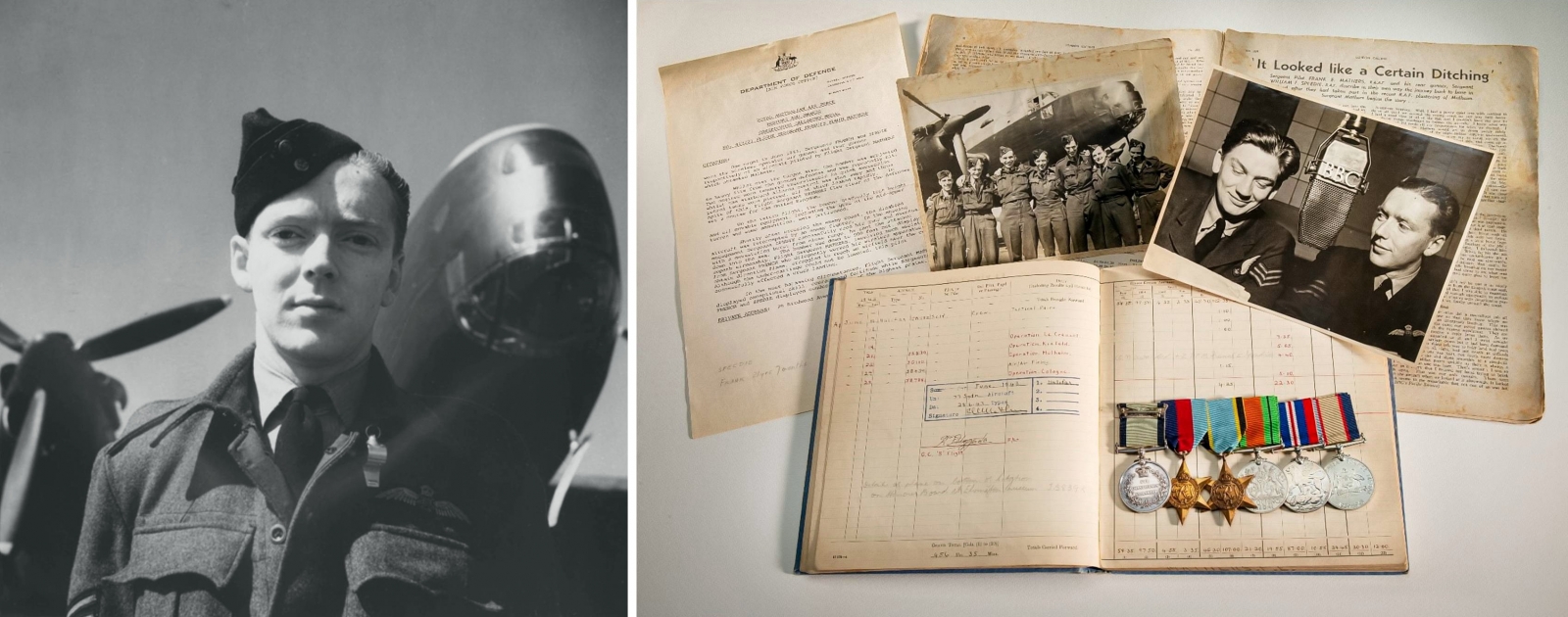
During the three-month period up to the end of June 1943, 77 Squadron carried out 356 sorties on 29 raids. During these operations 19 aircraft went missing on operations (an average loss rate of 5.8 percent) and two were lost in take-off accidents. The squadron effectively lost more than its entire established strength of aircraft (18) in this three-month period. Aircrew casualties amounted to 122 killed or missing believed dead and 22 taken prisoners of war. This meant that only about one crew in six could be expected to complete a tour of 30 operations.

